Overview
Hardship Withdrawals make a portion of your 401(k) funds available to you in case of a financial emergency. The definition of a financial emergency is defined by the Department of Labor as:
-
Certain medical expenses
-
Costs relating to the purchase of a principal residence
-
Tuition and related educational fees and expenses
-
Payments necessary to prevent eviction from, or foreclosure on, a principal residence
-
Burial or funeral expenses
-
Certain expenses for the repair of damage to the employee’s principal residence
Notable Rules
Several new provisions were recently added to the Hardship Withdrawal rules. Changes include:
-
You will not be required to take a plan loan before a hardship withdrawal is allowed (though it may still be a plan option).
-
There is no longer the requirement to suspend your deferral/contribution for six months after a hardship withdrawal.
-
You will be able to distribute other types of contributions beyond your salary deferrals including qualified non-elective contributions, qualified matching contributions, safe harbor contributions, and earnings from all eligible sources.
-
You may make a hardship withdrawal for expenses and income pursuant to a FEMA-declared disaster.
Penalties
All funds withdrawn are subject to federal and state income tax. If you are under age 59 ½, you will be subject to an additional 10% early withdrawal penalty. The additional income and taxes are reported on Form 1099-R as ordinary income and are declared when you file your taxes for that year.
Funds withdrawn are not allowed to be returned to your account in the 401(k) plan. Once the funds are withdrawn, they are no longer a part of the plan.
Due to taxes and penalties, hardship withdrawals are very expensive. Whenever possible, a loan should be considered instead.
Comparison of Loans vs. Hardship Renewals
|
Loans |
Hardship Withdrawals |
|
No credit report required |
Proof of hardship required |
|
Available for any purpose (if allowed by Plan) |
Available only for certain circumstances, as outlined previously |
|
No taxation, unless loan is defaulted |
Hardship Withdrawals are subject to federal and state taxes |
|
Repayment via payroll deduction |
Funds cannot be returned to plan |
|
Interest goes into participant’s account |
Cannot pay back the hardship withdrawal |
The information contained herein is not intended as financial, legal or tax advice, and may not be suitable as required by specific circumstances. Please consult your financial planner, attorney and/or tax adviser as needed.


